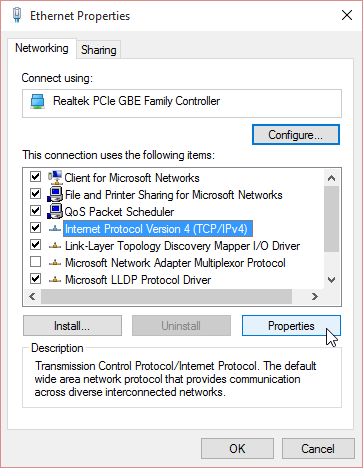

With the IEC standard, thermal resistivities of the soil and the trough’s cover are ignored. The module has been improved significantly and includes three options in addition to the IEC standard to model a given trough installation: Slaninka Method 1, Slaninka Method 2 and Anders-Coates Method. In this approach the cables ratings are calculated as for cables in free air, but the temperature inside the trough is computed according to the IEC Standard 6©. Initially, the only option to rate unfilled trough installations was to use the IEC standard.

All types of sheath bonding arrangements for flat and triangular formations are supported with explicit modeling of minor section lengths, unequal cable spacing, etc.Multiple cables per phase with accurate modeling of the sheath mutual inductances which greatly influence circulating current losses and thus de-rates the ampacity of cables.Cyclic loading patterns as per IEC-60853©.Different cable types within one installation.Modeling of cables in air on riser poles, groups of cables in air, moisture migration, nearby heat sources and heat sinks, etc.Independent libraries and databases for cables, duct-banks, load curves, heat sources and installations.Pipe-type cables directly buried or in a thermal backfill.Different cable installation conditions such as directly buried, thermal backfill, underground ducts or duct banks.This includes single-core, three-core, belted, pipe-type, submarine, sheathed, and armored cables This facility can be used to modify existing cables data and enrich the cable library with new ones. Detailed graphical representation of virtually any type of power cable.Full compliance with North American practice and compliance with IEC standards IEC 60287©, IEC 60228©, IEC 60853©, etc.Iterative techniques based on Neher-McGrath and IEC-60287© methods.


 0 kommentar(er)
0 kommentar(er)
